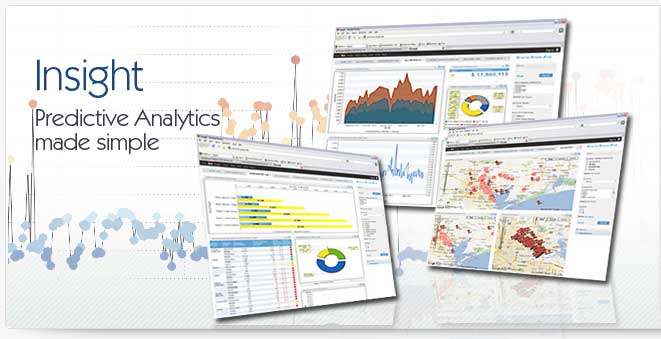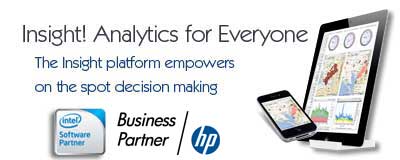Data Synchronization
Data synchronization is the process of ensuring that data across two systems is consistent both in an instant and over time. Data synchronization can take a number of forms including data synchronization of applications, data synchronization of files, personal digital assistant synchronization, and even public key server data synchronization. Many people use data synchronization every day when they "hot sync" their phone or PDA. For businesses the two most frequent uses of data synchronization are in ensuring consistent data between two separate systems and in the adoption of what is known as Global data synchronization or GDS.
Data Synchronization and Global Data Synchronization
Traditional data synchronization in the enterprise typically involves ensuring that data elements between two systems remains consistent. This form of data synchronization can be found in maintaining complete and accurate data between employee computers and corporate email systems or in moving data between ERP and CRM systems to ensure consistency and completeness of records between the two systems. In this latter example the synchronization is moving specific records after comparing equivalent fields to ensure the two systems are consistent or "in synch." This form of synchronization typically employes extract transform and load tools (ETL) and other sophisticated data movement tools to automate and optimize the process.
Unordered Data Synchronization
Global data synchronization on the other hand is an internet-based, interconnected network of interoperable data pools and a global registry (known as the GS1 Global Registry) that enable large companies around the world to exchange supply chain data with their trading partners using a global product classification. This form of data synchronization is specifically used in managing supply chains and is heavily used by distribution and logistics operations that need to ensure that their product data is consistently up to date with their vendors and customers. Through this form of data synchronization two or more parties can ensure that when a vendor changes part configurations (for example), their customer is updated to the new configurations nearly instantaneously, ensuring a smooth and consistent supply chain free of errors.
Data Synchronization and the Small and Mid-Sized Business
Whether your business will need to pursue either of these forms of synchronization really depends on several factors. The second form is far easier to determine, since the application of data synchronization to ensure a consistent supply chain is a very specific, very vertical application. If you need to comply with such requirements you will most likely find out very quickly. Fortunately for companies that need this form of synchronization there are purpose-specific tools that make the process easier. Enabling a business synchronization of the first type is a bigger dilemma. Most small and mid-sized businesses use synchronization every day without realizing it in some form; but the process of actually planning for and enabling a system to system synchronization is one that requires careful thought, planning and investigation.
Selecting your Data Synchronization Partner
Once you have made a decision to embark on the path of data synchronization, there are a few key aspects in selecting your data synchronization tools. First you should ensure that you are talking to a data synchronization provider that address a company of your size. There are many data synchronization tools on the market and ensuring your provider is focused on companies like yours is a key first step. Second, you should consider whether you will be performing the data synchronization yourself or through outsourcing. Once again, selecting the right vendor might mean having access to a company that can help you with both aspects of data synchronization. Finally you should consider support. With data synchronization tools it's especially critical to ensure the company you are dealing with can help you overcome problems and questions.
|



